Vorobyeva O.A., Mikhlina A.L., Malakhov V.V., Ekimova I.A.
olgavorobyeva.95@gmail.com
Nudibranchia is a large taxon of gastropod molluscs that has lost a shell and uses several alternative protection methods. For example, aeolid nudibranchs are well-known for their ability to obtain nematocysts from their prey (different species of Cnidaria), which they incorporate into the specific structures called cnidosacs. While the main features of this process have been studied comprehensively for the last 50 years, little is known about the plasticity of fine morphological traits within the cnidosac across different aeolid lineages.
In this research, we observe the diversity of cnidosac fine structure within different phylogenetic lineages of the family Fionidae, considering the feeding modes and feeding objects of studied species. Members of the family Fionidae are generally characterized by specialized diets. In addition, they have a wide variety of feeding modes and food preferences and a diverse morphology of the buccal complex.
We have studied the fine anatomy of cnidosacs for 13 species of molluscs belonging to 8 genera of the family Fionidae. The material was collected in the White Sea, the Barents Sea and the Sea of Japan in 2017-2020. We performed observations in vivo, and used light, transmission and scanning electron microscopy and confocal laser scanning microscopy.
We have shown that the morphology of cnidosacs within most studied genera of the Fionidae is characterized by a specific set of structures common to all species (such as a muscular layer, phagocytic cells in the lining of the cnidosac, proliferation zone). However, we also identified several features specific to each species: the presence of an apical zone, the number and type of selected nematocysts, the presence of different cell types in the cnidosac lining. We suggest that these features are not phylogenetically significant but represent an adaptive character, as their states correlate with mollusc’s feeding mode and particular feeding object.
Acknowledgements: The present study was supported by the Russian Scientific Fund, Project No. 20-34-70044.
